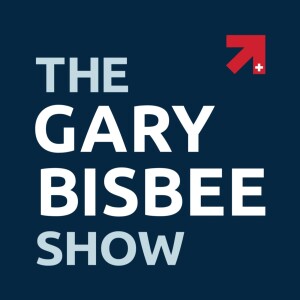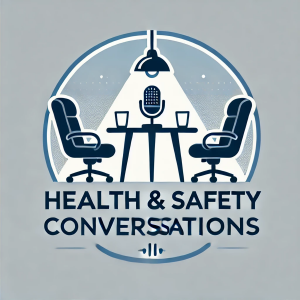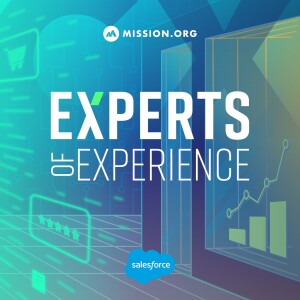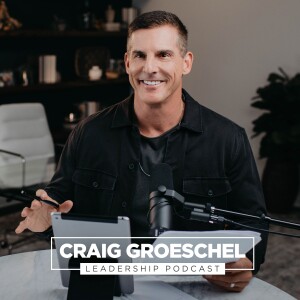

Episode List

Health, Science, & Engineering
Meet Elazer EdelmanElazer R. Edelman, M.D., Ph.D., is the Edward J. Poitras Professor in Medical Engineering and Science at MIT, Professor of Medicine at Harvard Medical School, and Senior Attending Physician in the coronary care unit at the Brigham and Women’s Hospital in Boston. Key Insights:Dr. Edelman works at the intersection of the physical sciences and medicine to improve healthcare. Key Intersections. Dr. Edelman believes that clinical work, scientific research, and engineering must all come together to keep the medical profession on track.Explaining and Receiving Feedback. Physician-scientists have an obligation to explain their methods and then to listen carefully to feedback to ensure widespread understanding.How to spur Innovation? Create communities where people feel safe and secure saying that they don’t know—and then let them investigate. This episode was made possible by our partnership with Edwards Lifesciences. Relevant Links:Read more about Dr. EdelmanLearn about the Brigham and Women’s Hospital

Is A.I. the Future of Healthcare?
Meet the Guests:This episode features three leaders previously interviewed on The Gary Bisbee Show. John Glaser, Ph.D., is an Executive in Resident at Harvard Medical School and recently published “Advanced Introduction to Artificial Intelligence in Healthcare.” Kevin B. Mahoney is chief executive officer of the University of Pennsylvania Health System, a pillar of the Penn Medicine enterprise. Sean Lane is the CEO of Olive and CEO of Circulo Health. Previously, he was an Intelligence Officer for the National Security Agency. Key Insights:Many of healthcare’s key leaders are making a deliberate effort to understand the uses of A.I.• No Gimmick. In the race to produce technology that “wows,” the market may be flood with flashy products that don’t produce better results. Leaders need to be discerning about A.I.• Who Buys A.I.? According to John Glaser, nobody buys A.I. – instead, people buy products that have been made more reliable and effective by their incorporation of the new technology. • What is A.I. for? Ultimately, A.I. is useful to the extent that it frees up human capacity, so that healthcare can be more human than it ever has been. Relevant Links:Listen to John Glaser’s full episodeListen to Kevin B. Mahoney’s full episodeListen to Sean Lane’s full episode

Clarity Creates Effectiveness
Meet Warner ThomasWarner L. Thomas is president and CEO of Sutter Health, a Northern California based not-for-profit integrated health system that cares for more than 3 million patients in one of the most diverse and innovative regions of the country. A grounded-yet-visionary leader, Thomas has demonstrated the capability to navigate the dynamic healthcare landscape at every level — from outstanding patient care to organizational strategy to public policy at both the state and national levels. Key Insights:Warner Thomas believes that communication and transparency are key to an organization’s success. Can we prepare for everything? Warner Thomas worked in a leadership position during Hurricane Katrina and concluded: “there will always be things you don’t anticipate.” New Leadership. When starting a new leadership position, make an effort to communicate with every level. Talk to nurses, to clinicians, to support staff. Training is key. Mr. Thomas believes the workforce challenge facing healthcare can only be solved by creating a dependable talent pipeline. This episode was made possible by our partnership with Edwards Lifesciences. Relevant Links:Read more about Sutter HealthRead about Warner Thomas

A Principled Organization
Meet Dan BrillmanDan Brillman is the Co-founder and CEO of Unite Us. Dan graduated from Yale University in 2006 and worked in finance and consulting before joining the Air Force Reserves as a combat pilot, where he still serves today. Dan Co-founded Unite Us in 2013. Key Insights:Dan Brillman Co-founded Unite Us in 2013, and has a decade of success to show for it. Create the Standard. In a chaotic field, innovators have to be the agents who bring order.How to Overcome Fragmentation? Unite Us put years of work into understanding various sectors and systems in order to make access close to effortless for individuals. Blurring Boundaries. Dan says our understanding of “Health” is blurring, as we come to better understand social determinants – and this is progress. Relevant Links:Read more about Dan BrillmanRead about Unite Us

People Centered, Tech-Powered
Meet Amir Dan RubinAmir Dan Rubin has focused his career on transforming health care. Through One Medical’s human-centered and technology-powered model, he serves on a team dedicated to delighting members with better health and better care, while reducing total costs. Previously, as an EVP and divisional CEO at UnitedHealth Group’s Optum division, he oversaw a number of areas focused on helping to make the health system work better. Amir also previously served as president and CEO of Stanford Health Care in Palo Alto. Key Insights:Amir Dan Rubin is leading the way as Amazon’s One Medical forges new paths in the healthcare economy. Customer First. One Medical brings Amazon’s strategy of “working backwards” to the medical economy. Integrated Support. Amir suggests that it’s crucial to make the patient feel supported, but it’s equally important to make clinicians and team members feel that they are supported.Is there Market Opportunity? There’s “total unmet need” – from questions of access to managing chronic disease, there are many places to improve healthcare. Relevant Links:Read more about Amir Dan RubinRead more about One Medical
Create Your Podcast In Minutes
- Full-featured podcast site
- Unlimited storage and bandwidth
- Comprehensive podcast stats
- Distribute to Apple Podcasts, Spotify, and more
- Make money with your podcast












